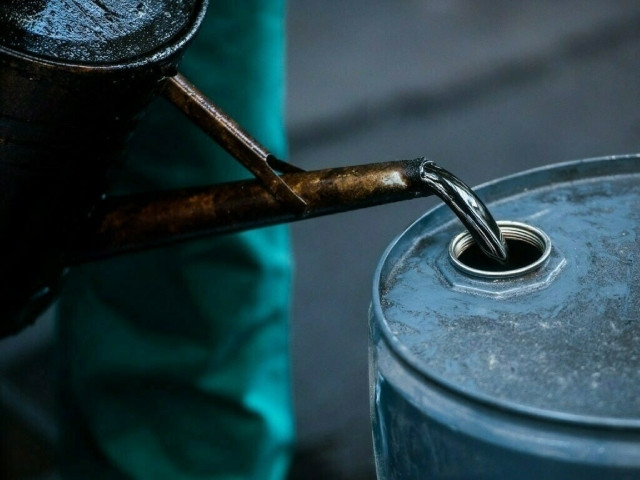
Intelligence agencies have unearthed a racket involving 738 petrol filling stations, smugglers and officials, who collaborated to smuggle the Iranian petroleum products, inflicting an annual loss of Rs227 billion to the national exchequer.
Some 533 petrol pumps, 100 corrupt officials and 105 Iranian oil smugglers are part of this racket, who have indulged in illegal trade of petroleum products. They bring oil via land and sea routes to Pakistan.
The smuggling of Iranian petroleum products has doubled since the current Shehbaz Sharif-led government took over in early March this year. Earlier, it had been slashed to half during a widespread crackdown ordered by the previous caretaker administration.
Before the clampdown, 2,000 to 2,100 vehicles had been illegally bringing 7.5 million litres of oil daily via the land route. Apart from that, 2,700 to 3,000 boats were shipping 2.6 million litres through Gwadar.
According to a report compiled by the intelligence agencies, mainly the the terrorism-hit southern Balochistan, where economic opportunities are very scarce, is involved in the illicit purchase and sale of Iranian oil. Moreover, militant and terrorist groups in the province, particularly those operating in southern parts (Makran and Rakhshan divisions), reportedly receive a slice of the profit being generated from oil smuggling.
The report revealed that approximately Rs284 billion per annum was paid to the Iranian oil dealers through various methods.
For bulk deals, payment is usually made in US dollars through a third country. Among other methods, the Hawala and Hundi system is used, where payments made in Pakistan to such dealers are received in the third country. After confirmation of the receipt, the delivery of Iranian oil is made.
Expatriate Pakistanis intending to remit money to their home country are also approached and as a result the amount is received in the source country for adjustment against the delivery of Iranian oil in Pakistan.
For small supplies, payments are made to the Iranian suppliers by Pakistani buyers in Iranian rial at border points. Barter trade has a negligible share of 3-5% in oil smuggling.
The payment mechanism reportedly involves the truck or van driver who receives a receipt on the border after the loading of oil onboard the vehicle. The driver then hands over the receipt to the Hawala and Hundi dealers in Makran, Rakhshan and Quetta.
After a successful transaction, a confirmation slip is issued to the driver, who then relays the confirmation of payment back to the oil supplier along the border. In some cases, hand-to-hand cash payments and payment in kind, eg gold, are made for oil smuggling.
Routes used for smuggling
Iranian petroleum products, including diesel and petrol, are smuggled to Pakistan primarily through the unfrequented routes in Makran and Rakhshan divisions.
The annual volume of oil smuggling is estimated at 2.8 billion litres, resulting in a loss of at least Rs227 billion to the national exchequer. The smuggled oil is mainly sold at the unauthorised roadside petrol outlets.
In 2023, the Iranian oil smuggling peaked at 10.1 million litres per day, which was significantly reduced to 5 to 5.3 million litres in the wake of a crackdown by the previous caretaker government.
However, following the general elections in February 2024, the oil smuggling has again gained pace and surged to an estimated 8.9 million litres per day.
Out of the annual smuggling of 2.8 billion litres, 95% is brought under the informal token (Parchi) system, established in 2021 by the FC and local administration in Makran and Rakhshan divisions.
Reportedly, 1,800 to 2,000 Zambad vehicles, each with a capacity of carrying 3,200 to 3,400 litres, transport diesel across the border daily. Similarly, 1,200 to 1,300 boats, each capable of carrying 1,600 to 2,000 litres, enter Pakistan primarily via the Kuntani-Gwadar route.
After crossing the border, the smuggled oil is stockpiled in underground storages in Gwadar, Panjgur, Mashkhail (Washuk), Chaghai and Quetta. From there, the oil is transported in vehicles with secret spaces, such as passenger buses, Zambad vehicles, oil tankers, trucks, pickups, dumpers, etc for onward supply to the rest of the country.
Approximately 45% of the smuggled oil is transported to Sindh, 25% to both Punjab and Khyber-Pakhtunkhwa (K-P) while the rest is consumed in Balochistan.
Oil is smuggled in collusion with officials of law enforcement agencies (LEAs) at various check posts. Hundreds of oil tankers carrying millions of litres of Iranian oil reportedly cross Uthal in Lasbela district and reach Karachi every day after passing through numerous checkpoints.
To curb smuggling, 54 joint check posts had been established across the country in October 2023. Of these, 13 were in Punjab, 10 in Sindh, 12 in K-P and 19 in Balochistan. Personnel from the provincial government departments, Anti-Narcotics Force (ANF) and Federal Board of Revenue (FBR) have been deployed at these check posts. However, their performance in Punjab and Sindh is not up to the mark as the confiscation of smuggled goods remains negligible.
Recommendations
The token system, having no legal sanctity, has become the root cause of the widespread oil smuggling. It provides enough loopholes for exploitation by local politicians, smugglers, district administrations and LEAs.
All institutions responsible for curbing the menace must heighten internal vigilance to identify the black sheep in their own ranks.
Stringent laws need to be introduced to ensure that the punishment is more than the incentive for smuggling.
The situation warrants immediate and across-the-board steps as the country is facing a triple whammy in the form of loss of revenue, foreign exchange and the writ of the state. A rotational policy for the posting of officers at check posts should be introduced and the staff may be deployed after security clearance followed by periodic vetting by the intelligence agencies.
High-definition cameras, integrated with the Central Monitoring and Control Room at the Ministry of Interior, should be installed at all joint check posts for live monitoring.
Published in The Express Tribune, May 2nd, 2024.
Like Business on Facebook, follow @TribuneBiz on Twitter to stay informed and join in the conversation.



















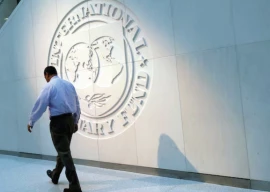

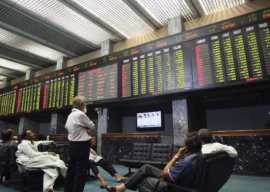
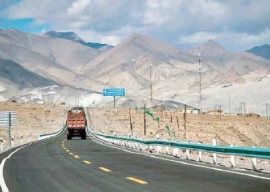
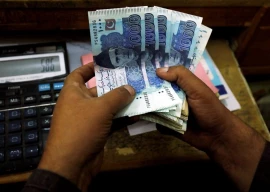

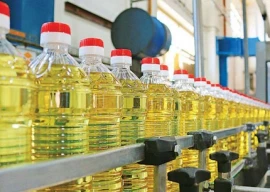

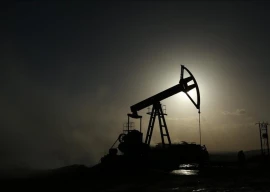
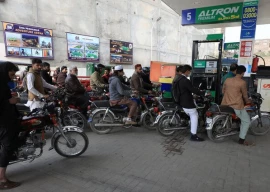
1715843823-0/WhatsApp-Image-2024-05-16-at-12-14-16-(1)1715843823-0-270x192.webp)

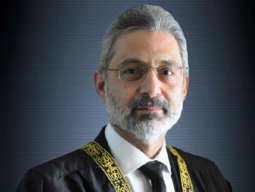
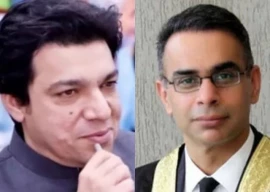





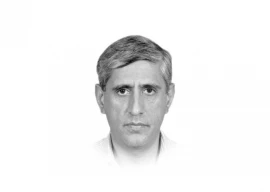

COMMENTS
Comments are moderated and generally will be posted if they are on-topic and not abusive.
For more information, please see our Comments FAQ